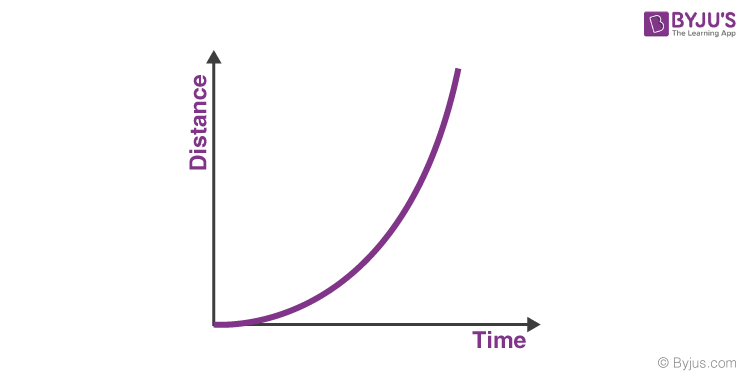
The fact that the final velocity is zero is an indication that the positive and negative contributions were equal. Likewise the height of the velocity curve is a measure of the area under the acceleration curve. As the velocity becomes negative, the position curve drops as the net positive area under the velocity curve decreases. The height of the position curve will increase so long as the velocity is constant. time graph, it is only necessary to know what the acceleration is to specify the graph completely. If y ou begin with a horizontal (uniform) acceleration vs. In this example where the initial position and velocity were zero, the height of the position curve is a measure of the area under the velocity curve. Once students have mastered graphical analysis for specific problems usi ng the content framework provided, it is straight-forward to generalize the process. The slope of the graph of position as a function of time is equal to the velocity at that time, and the slope of the graph of velocity as a function of time is equal to the acceleration.

The slope of the graph of position as a function of time is equal to the velocity at that time, and the slope of the graph of velocity as a function of time is equal to the acceleration.Ī considerable amount of information about the motion can be obtained by examining the slope of the various motion graphs. Add annotation about the slopes of the graphs.Ī considerable amount of information about the motion can be obtained by examining the slope of the various graphs. For variable acceleration (i.e., continuously changing), then calculus methods must be used to calculate the motion graphs. The acceleration does change, but it is constant within a given time segment so that the constant acceleration equations can be used. Each part is in the + region of the v-t graph (above 0) since the velocity.

Since there are two parts of this objects motion, there will be two distinct parts on the graph. The graphs of distance, velocity and acceleration as functions of time below were calculated for one-dimensional motion using the motion equations in a spreadsheet. A velocity-time graph for an object which first moves with a slow, constant speed in the + direction, and then with a fast constant speed in the + direction is shown below. Constant acceleration motion can be characterized by motion equations and by motion graphs.


 0 kommentar(er)
0 kommentar(er)
